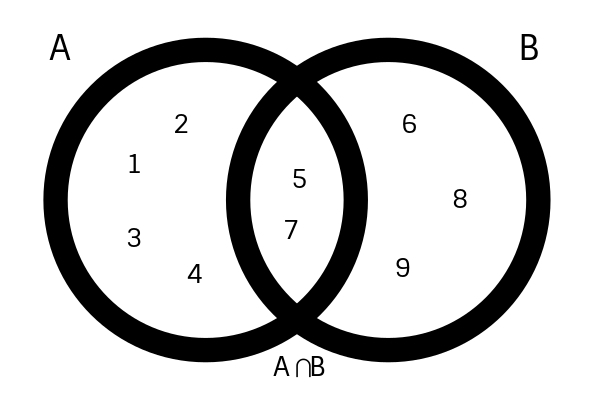A strike is a collective suspension of the provision of services to the employer on a part-time or full-time basis, with the aim of defending and/or conquering the collective interests of workers.
It is carried out in a temporary and peaceful way, combined most of the time among workers with associations and specific unions of workers to demand the defense of their interests.
In many countries, the strike is considered a social and labor law, as in these cases it is understood that the worker has the right and the possibility to protest for what he understands as his right.
In Brazil, despite having been prohibited during the period of the military regime, the right to strike is currently guaranteed by the Federal Constitution of 1988, which states this in one of its articles:
Art. 9º The right to strike is assured, and it is up to the workers to decide on the opportunity to exercise it and on the interests that they must defend through it.
§ 1 The law will define the essential services or activities and will provide for meeting the urgent needs of the community.
§ 2 The abuses committed subject those responsible to the penalties of the law.
The expression "is in a state of strike" it's an alert, a warning of a possible downtime.
Origin of the word strike
The origin of the word strike is linked to Praça da Greve (Place de Greve), today Praça do Hotel de Ville (Place de l'Hotel-de-Ville), famous public place in Paris, where it used to be filled with sand and gravel, which facilitated the transport of carts that took the goods to the Seine quay.
The place where criminals were executed and it was where workers who left work gathered. “faire strike” meant “to meet at Praça da Greve”.
Types of strike
The strike can be carried out in several ways and have a specific duration, depending on the objectives. In this sense, strikes can be classified into:
General strike
A "general strike" is a strike promoted by one or all classes of a given nation, or, in particular, a strike promoted by the majority of workers of the same class or profession.
White strike or cross-arms
This modality consists of the stoppage of employees at their jobs.
Hanging Arms Strike or Turtle Operation
In this type of strike, workers carry out work with reduced production, without collective suspension of work.
zeal strike
In this modality, the accent is on excessive care and whimsy in the provision of the service. The worker performs his function by doing the chores in a meticulous way that delays production, causing serious damage.
Occupancy or housing strike
In this type, workers occupy the work environment improperly, with the objective of preventing other workers who refuse to join the movement from exercising their functions. It is considered unlawful or abusive.
wild strike
This modality is initiated or carried out spontaneously by the workers, without the participation or support of the union that represents the class.
active strike
It consists in exaggerating the pace of work.
warning strike
This type is characterized by suspension of work for a few hours, with the aim of alerting the employer that a greater movement may be triggered.
intermittent strike
This type of strike consists of the stoppage of activities each day in a different sector.
selective strike
It is the stoppage in a certain strategic sector, whose inactivity paralyzes the other sectors.
political strike
This is a modality that is vetoed by law, being only allowed as long as they are aimed at defending labor and professional interests.
For example: a protest strike of workers against the economic policy undertaken by the government, with clear and serious damage to workers, with a slowdown in the pace of economic growth and consequent unemployment in pasta
solidarity strike
It is the type of strike that is inserted in another, being undertaken by other workers, as long as there is some relationship of interests between the categories.
Strike and Demonstration
There is some confusion between the concepts of strike and demonstration, which despite being similar, have differences.
A strike would be the partial or temporary stoppage of some service, especially workers. The demonstration would be a mobilization where groups of people take to the streets to demand about common interests.
In this sense, the strike may or may not take place on the street or in the workplace. The demonstration can only be held in public environments.
See also the meaning of Protest and Work.


